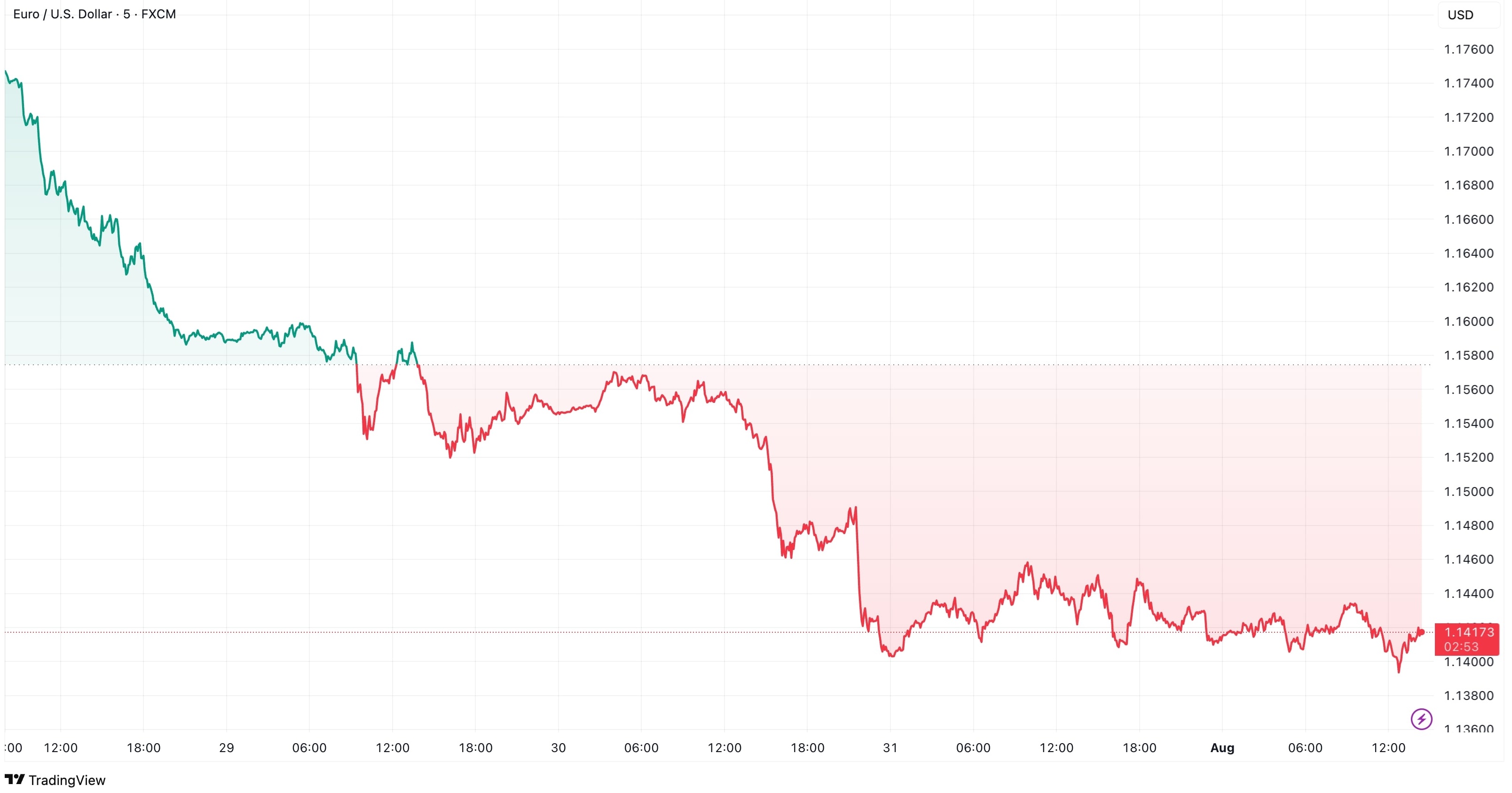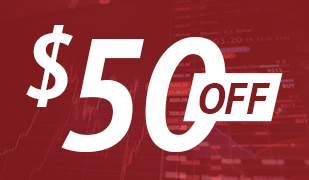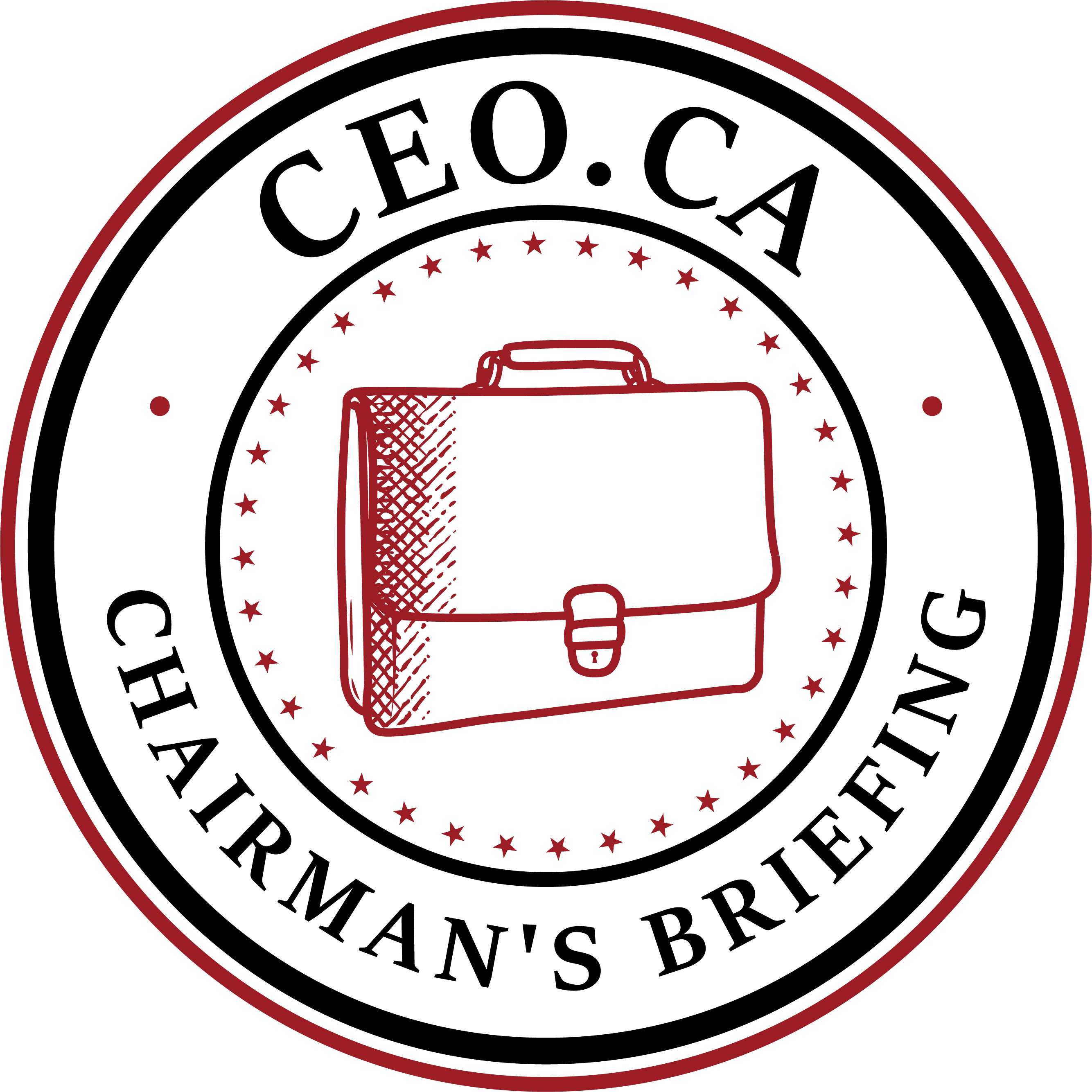President Donald Trump has been pressing hard for the Fed to cut rates, arguing that his tariff policy will not drive up inflation. However, central bankers remain unconvinced and prefer to monitor the impact of Trump’s economic agenda before making any moves. As expected, at its July’s meeting, the Fed held rates steady — but not without internal disagreement.
On Wednesday, the Federal Reserve announced it would keep rates unchanged for the fifth consecutive time. Yet, the July meeting was notable: two Fed governors broke with the consensus and voted in favor of a rate cut. It’s the first time in three decades that has occurred.
The decision to maintain the federal funds rate between 4.25% and 4.5% faced opposition from Governors Michelle Bowman and Christopher Waller. Both have argued that the Fed should begin easing policy, citing signs that inflation is under control and the labor market may soon weaken.
The post-meeting statement made only minor adjustments to the Fed’s economic outlook, noting that growth in economic activity had moderated and inflation remains somewhat elevated.
By contrast, the committee's June statement was more upbeat, describing the economy as continuing “to expand at a solid pace.”
The internal clash introduced a new layer of uncertainty to the Fed’s next steps, raising questions about how soon it might begin loosening monetary policy.
Markets had largely anticipated no change in rates. Nonetheless, stocks dipped after Fed Chair Jerome Powell stated at a press conference that the committee hadn’t yet decided whether it would cut rates at its September meeting.
Still, the dissenting votes — along with recent inflation prints — suggest that some officials are warming to the idea of a September cut, which markets are already starting to price in.
Judging by the DXY chart, the US dollar gained ground against all major forex peers. The EUR/USD broke below $1.15, hitting a session low of $1.1430.

The S&P 500 slipped on the final trading day of July but still posted a 2.1% monthly gain — buoyed by strong corporate earnings and investor enthusiasm around AI, despite ongoing concerns about Fed policy and trade tensions.
It was a blockbuster earnings season for the Magnificent Seven, with Microsoft, Meta, Amazon, and Apple all beating both revenue and earnings expectations. Meta shares soared nearly 12%, bringing its market cap close to $2 trillion. Gains in AI, cloud services, and digital advertising fueled impressive year-over-year growth, pushing stocks — and index valuations — higher.
The biggest takeaway of the month? The U.S. reached tariff agreements with both Japan and the EU, capping levies at 15% instead of the initially threatened 30%. The EU deal — finalized a few days before the August 1 deadline — narrowly averted a major trade escalation.
However, tensions with China remain unresolved. No agreement is in sight, and both sides appear increasingly entrenched. Will there be an extension? Maybe. Maybe not. Keep an eye out for late-night all-caps posts from Trump on Truth Social.



